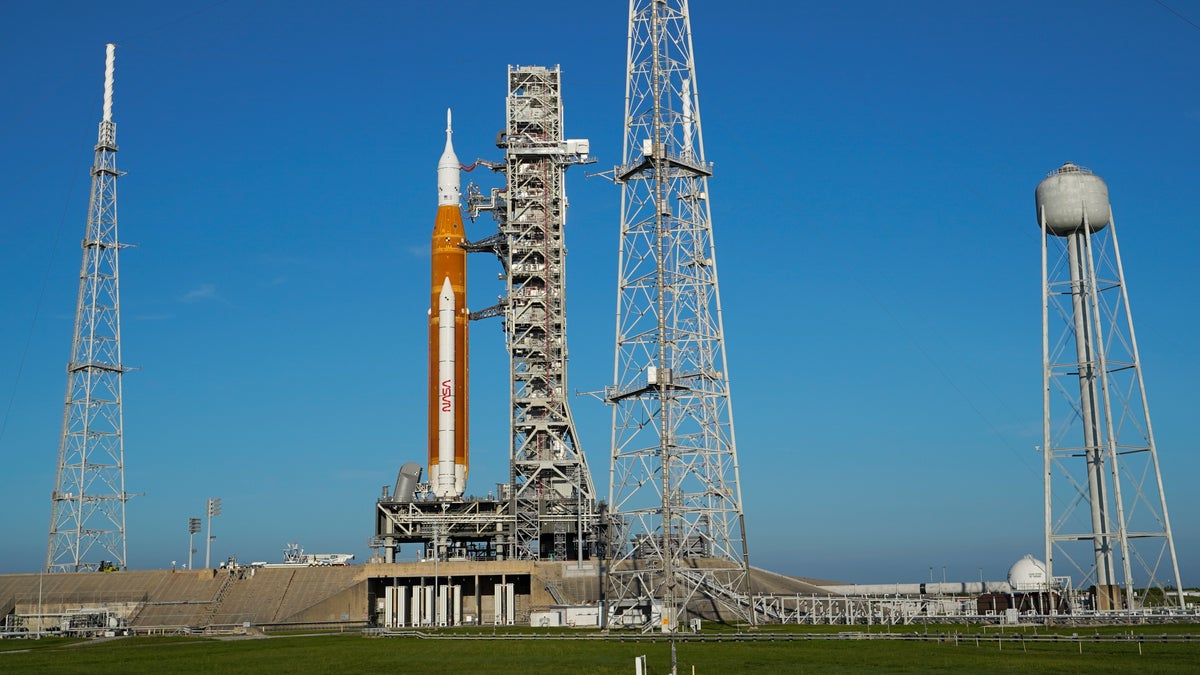
NASA loaded fuel into its moon rocket Wednesday in a leak test ahead of a launch attempt as early as next week.
The daylong demo will determine whether the 322-foot (98-meter) rocket is ready for its first test flight, a lunar-orbiting mission with mannequins instead of astronauts.
Managers want to verify repairs to all the hydrogen leaks that spoiled the first two launch attempts, as well as earlier countdown tests. So much hydrogen escaped during the countdown earlier this month that it exceeded NASA’s limit by more than double.
NASA replaced two seals after the latest delay. One had a tiny indentation.
“The team is really excited to get through this test. Everybody's been working hard these last few weeks,” NASA engineer Wes Mosedale said from Kennedy Space Center's Launch Control.
Wednesday’s objective: pumping nearly 1 million gallons (4 million liters) into the rocket, with minimum — or no — leakage. That would put NASA on course for a possible launch attempt Tuesday, provided the U.S. Space Force extends the certification of batteries on board that are part of the flight safety system.
Besides replacing seals, NASA altered the fueling process, easing more slowly into the loading of the super-cold liquid hydrogen and oxygen. That way, the plumbing should be subjected to less stress and be less likely to spring a leak, according to officials.
Once launched, the crew capsule atop the rocket will be the first to orbit the moon in 50 years. The $4.1 billion mission should last more than five weeks, ending with a splashdown in the Pacific. Astronauts would climb aboard for the second test flight, dashing around the moon in 2024. The third mission, targeted for 2025, would see a pair of astronauts actually landing on the moon.
NASA's Space Launch System rocket is more powerful than the Saturn V rocket that sent Apollo astronauts to the moon during the late 1960s and early 1970s. The engines and boosters are carryovers from the now retired space shuttles. Just like now, NASA struggled with elusive hydrogen leaks during the shuttle era, especially during the early 1990s.







